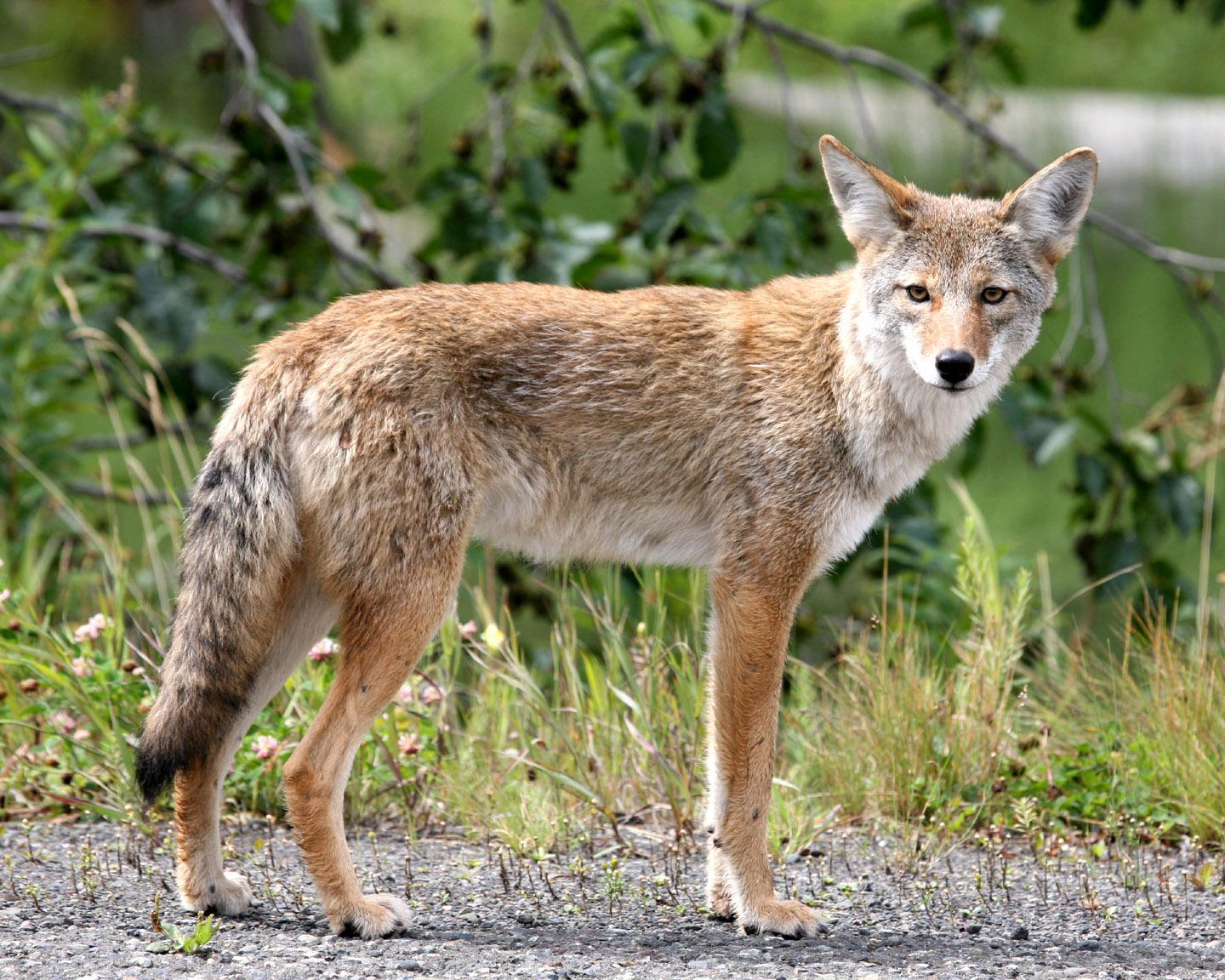
Laura's Line - Living with Wildlife
This newsletter is all about our Natural Neighbors, most of which we live quite happily next to in either our gardens or the Nature Reserve. However, some of our Natural Neighbors, make us a little nervous, coyotes for example. Coyotes have their place in the ecosystem of the Nature Reserve where they perform vital ecosystem services such as rodent and insect control. Understanding the behavior of coyotes can help reduce conflicts with this species.
Most wild animals, including coyotes, naturally avoid or fear humans. However, coyotes are omnivores who will take advantage of easy neighborhood food such as rabbits on the lawn, pet food left outside and fruit or berries from planted ornamentals. Most of the time, coyotes go about their lives, avoiding or ignoring us. However, coyotes can become aggressive towards humans or our pets in three general circumstances: 1) to protect pups or a den with pups, 2) when your pet is viewed as potential prey and 3) when habituated due to increased access to non-natural food sources.
What can you do to reduce potential conflicts with coyotes, America’s native “Song Dog”?
Around the house - never deliberately feed coyotes or any other wildlife such as rabbits. Remove all outside food and water sources, including pet food/water and fruit or berries from planted ornamentals. Remove all wood/leaf litter and trash piles that could harbor rodents as these will attract coyotes and snakes. Ensure your fence is secure, install exclusion fencing as necessary.
In the neighborhood – keep dogs on a short leash when out for walks. Walk dogs in daylight. Avoid suspected dens between April and August (pup rearing season). If walking at dawn, dusk or after dark avoid areas where coyotes are known to occur or alternatively, carry a stick. If approached by a coyote, act “big, bad and loud” by raising your arms and yelling. Pick up small dogs. Wave the stick around if you have one. This technique should also be used for encounters with mountain lions (which are rare).
Remember that seeing coyotes, and other wildlife like snakes, is one of the benefits of living so close to The Nature Reserve. Be safe, be smart and enjoy!
